We had made plans to head out along the Banks Peninsula to visit the French settlement of Akaroa. With Lyttleton Port still awaiting earthquake damage repairs, we needed to carefully plan our visit to avoid the huge cruise ships that often anchor in this deep natural harbour. Having selected a quiet weekend we woke to low cloud and a rather grey day. Despite the weather day we decided to make our way over to Akaroa to look around the town.

After stopping in town for some lunch, and looking at the various historic homes and cemeteries for the original French settlers we decided to make our way to some of the quiet bays just out of town. Our first stop was Akaroa Head, part of the Banks Peninsula Marine Reserve. The headlands here were the location of the first lighthouse which was built around 1880 to mark the entrance to Akaroa harbour.
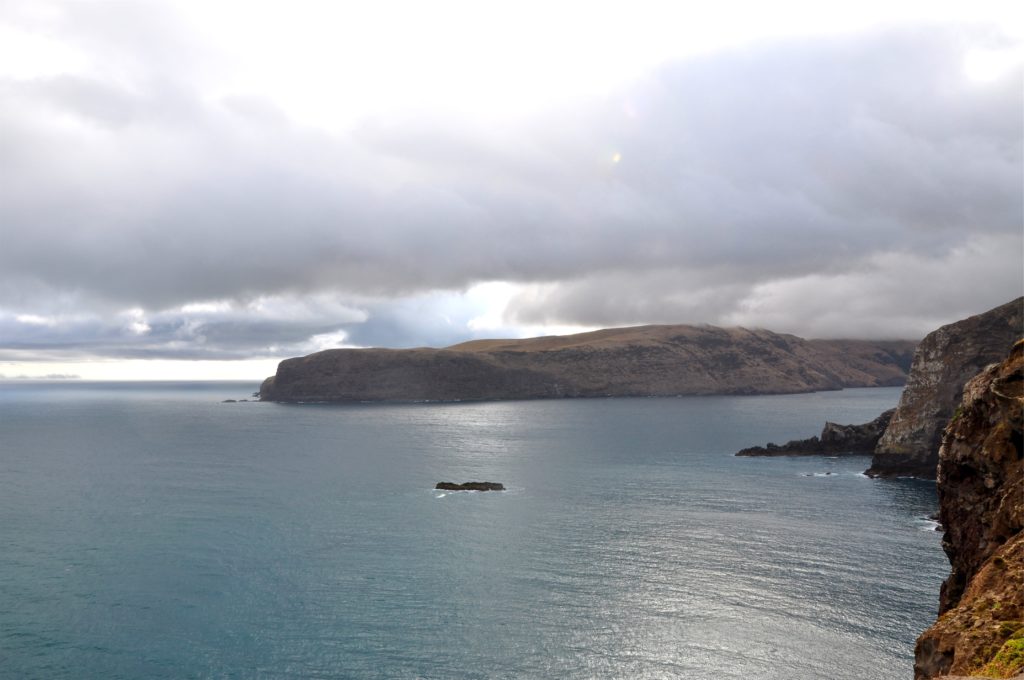
Although the lighthouse and associated cottages for the lighthouse keeper were removed in the late 1970s when an automatic lighthouse was installed, we were able to take the access road down the steep hillside to Little Haylocks Bay, the supply point for the lighthouse and cottages.
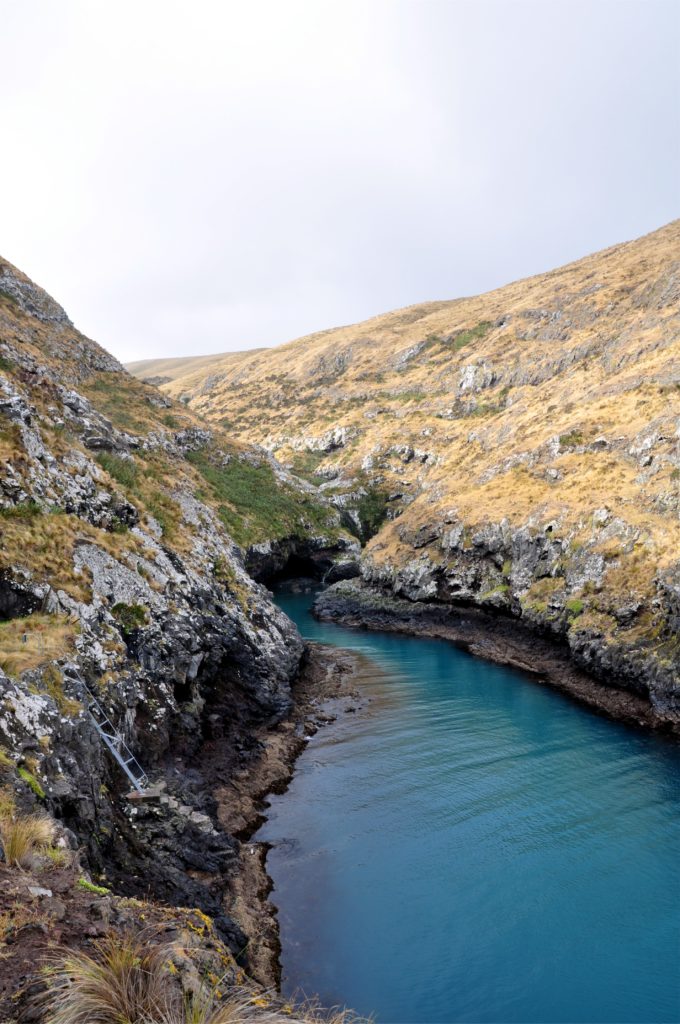
As we arrived at the end of the track we reached a metal ladder that dropped down to the rock shelf below. Despite the ladder being rather slippery due to the low cloud, we decided to make our way down to explore a little further into the inlet.
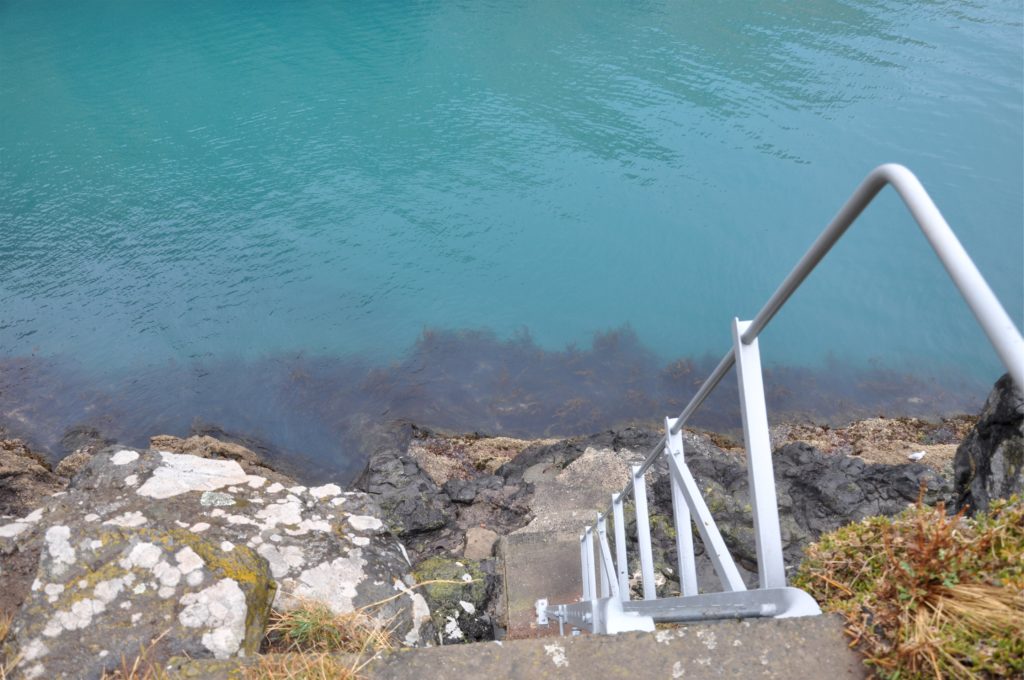
Standing at the top of the ladder, it seemed a long way down, but the crystal clear water and the rumoured wildlife made it worth the trek. Arriving on the rocky shelf below we could hear the cries of sea lions echoing across the cove.
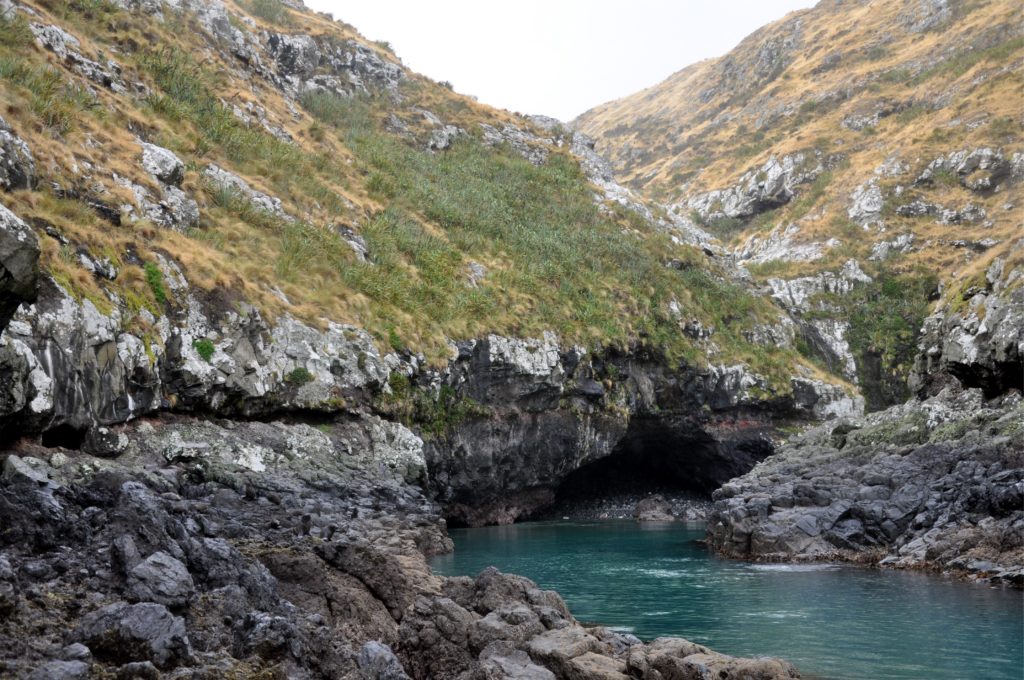
As we made our way over the rocks, we stopped to look more closely at the rocks, realising that they were covered with fur seals! Everywhere we looked there were groups of seals including a number of mothers with their pups.
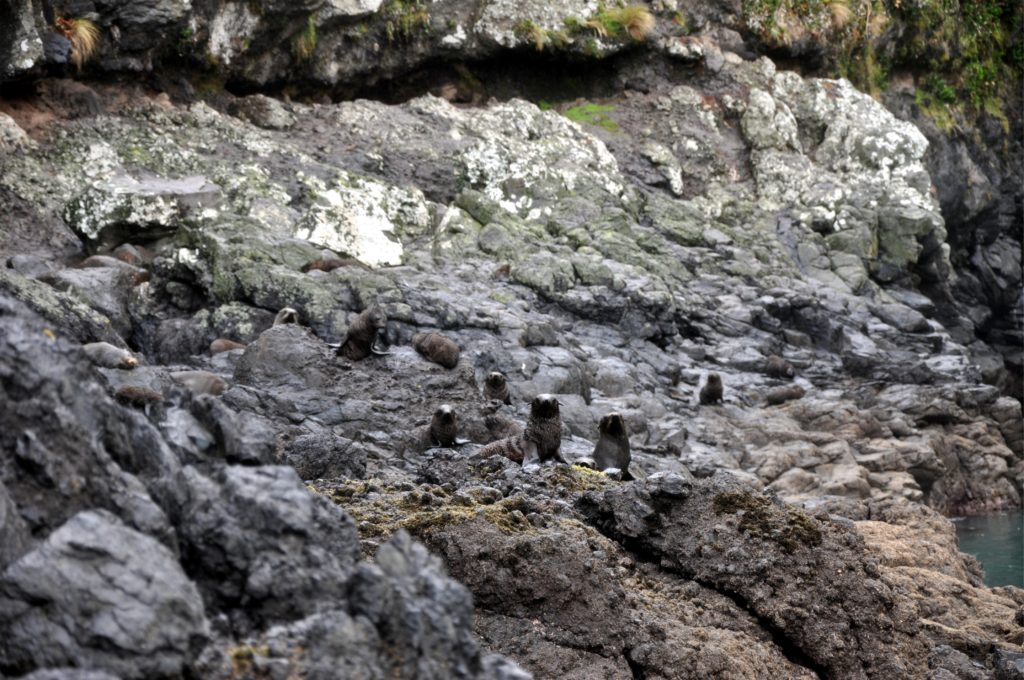
Not wanting to scare the young seals, we stopped and watched for a while, and as we watched we saw more and more seals on the rocks and tucked into the overhangs. After a while the sea lions got used to us and carried on playing and hanging out on the rocks. One curious seal took a swim through the kelp beds right in front of us, as it came level with us it seemed to be almost putting on a show for us; twisting and turning in the water looking incredibly graceful.
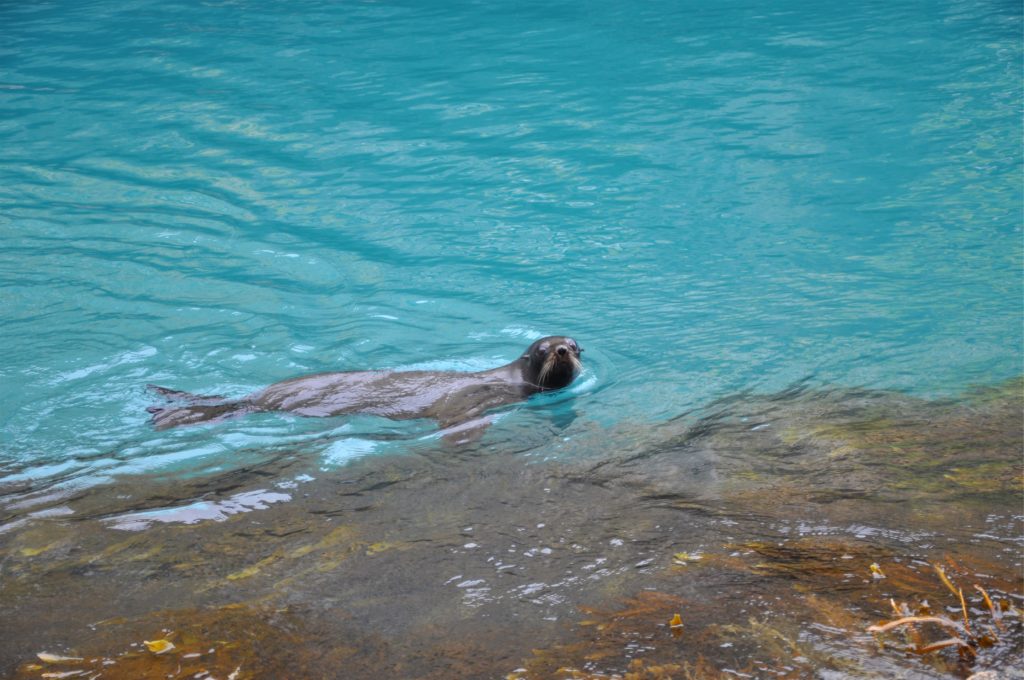
The clear water meant that we were able to get the full benefit of the aquatic display and we were mesmerised by the performance as the seal swum around in front of us. With the tide starting to rise and our rocky platform rapidly disappearing, we reluctantly decided to leave the seals to play in their cove and head off to explore another cove a little further around the Banks Peninsula.
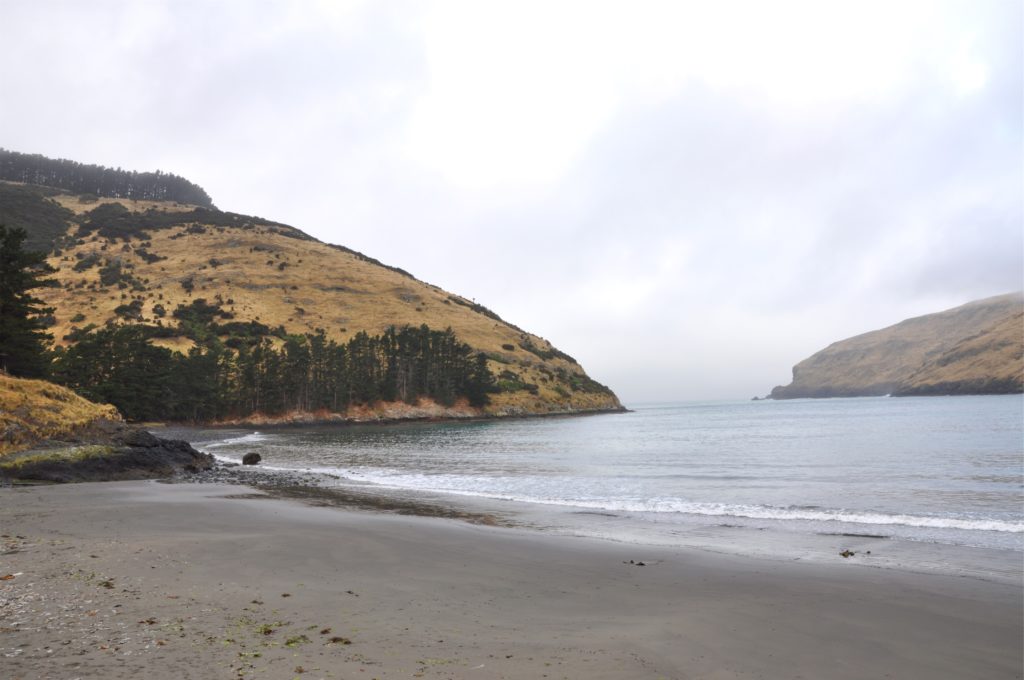
Despite the rather discouraging name, Flea Bay is a beautiful inlet just a short distance from Akaroa Head, still within the Marine Reserve. As we wound our way down the steep dirt road we could see that the quiet bay was quite different from nearby Little Haylocks Bay. We were able to park right by the beach and set out over the sand to the rocks in search of penguins.
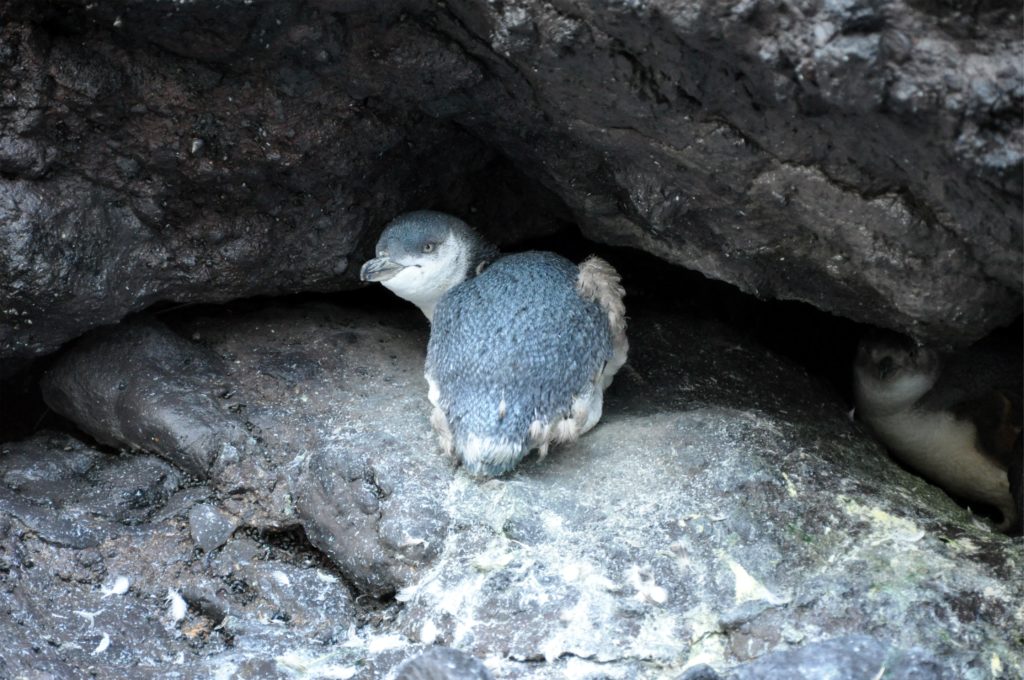
Despite being late in the season, we were lucky enough to spot a few young penguins that had not yet fully fledged. The penguins in Flea Bay are White-flippered Penguins, the Canterbury region’s own variant of the Australasian Little Penguin.
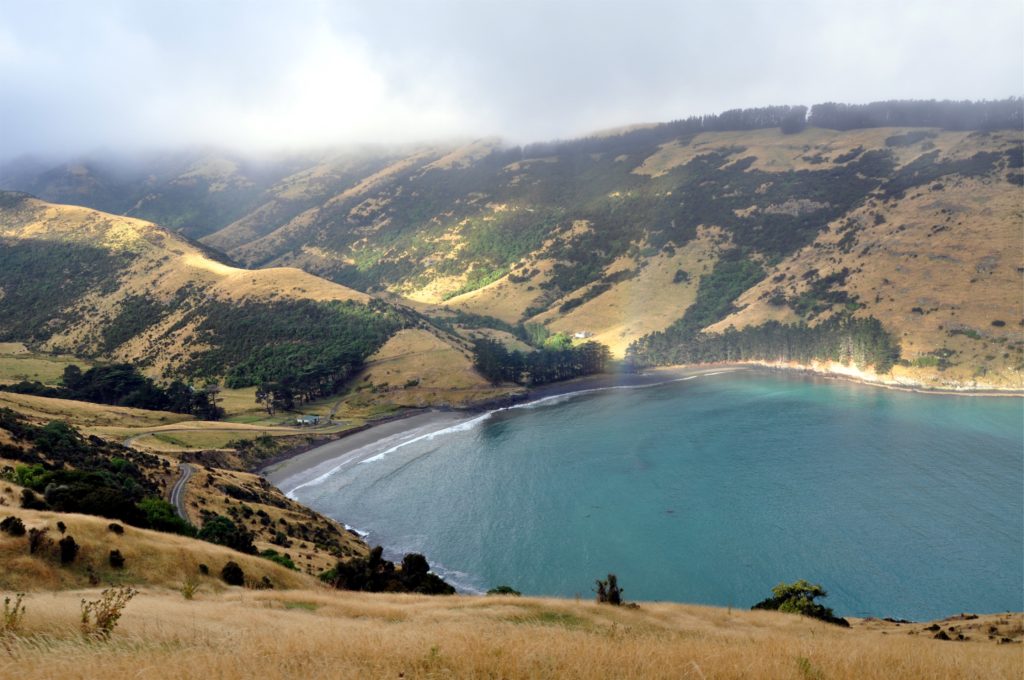
Not wanting to disturb the young penguins, we made our way back over the rocks and sand to the car. With evening setting in, we started to make our way back to Christchurch, enjoying a last glimpse of Flea Bay from the road as we made our way back over the ridge of the Banks Peninsula towards Christchurch.
